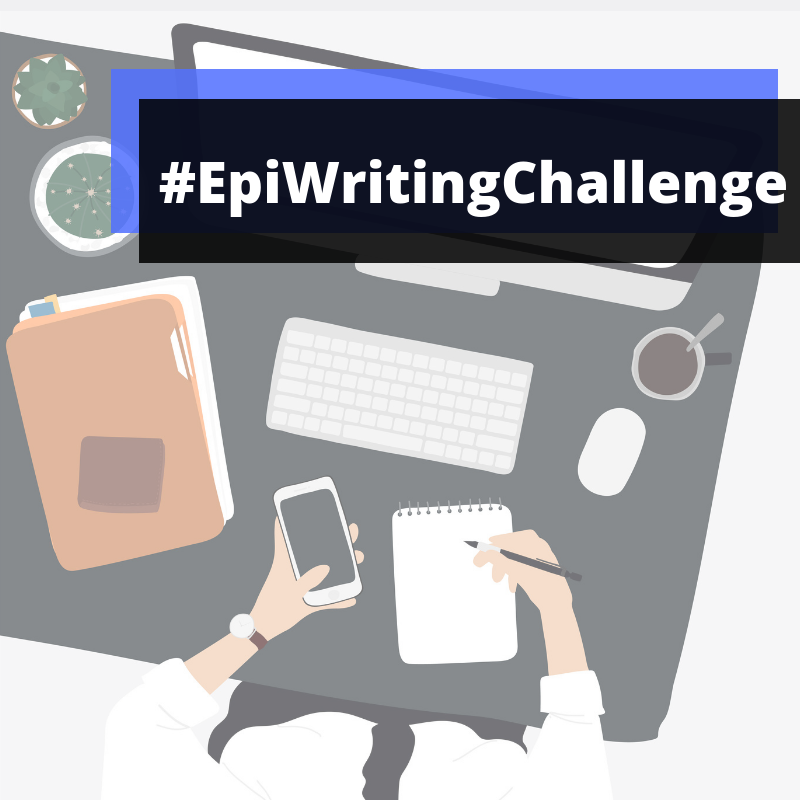ZTD complements GTD
If you're not familiar with GTD, it's a "method for organizing your to-dos, priorities, and your schedule in a way that makes them all manageable."
A big pro is that it "makes it easy to see what you have on your plate and choose what to work on next" with a big emphasis on getting your tasks and ideas "out of your head and into your system". A clear mind can work more efficiently. On the outside, the GTD system looks a bit complicated. But if you look a little deeper, you can see that the system can be whatever you need it to be. It's a pro and a con. The lack of structure might not work for everyone. That's where Zen-to-Done, or ZTD comes in. First, let's learn about GTD. the 5 pillars of GTD
1. Capture everything - in a notebook, a to-do app, a planner, whatever. Something that fits in your flow.
2. Clarify what you need to do by creating actionable steps. Example: Instead of "write dissertation paper", break it down into "format references", "summarize 4 lit review papers", "draft introduction", etc. PS. I find that I'm much more likely to do a task if I wrote "draft" instead of "write". Not sure why, but it seems like it removes some of the pressure. 3. Organize tasks ("actionable items") by category and priority. These are the "buckets". Look at due dates and set reminders in your calendar. 4. Reflect on your to-do list. What task can you do right now with the energy and time that you have? 5. Engage and get to work.
You've probably seen the complicated GTD workflow charts. If you're not familiar with systems or development, all of the different flowchart symbols for documents versus repositories don't mean much to you.
The workflow chart isn't necessary for the GTD method, either. It's about getting your ideas out of your head, setting aside time to prioritize them, and then getting them done. For more information on GTD, check out Lifehacker Primer on the topic.
“Simplicity boils down to two steps:
Identify the essential. Eliminate the rest." – Leo Babauta, Zen-To-Done Zen-to-Done
The writer of Zen-to-done, Leo Babauta, offers 10 habits to try (one at a time) for 30 days. I think they give a good example of how ZTD complements and builds on GTD. In fact, these first 5 are almost mirror images of GTD - but the method is simpler - just try to do one of these at a time, instead of implementing an entirely new system.
Here's the first five.
1. Collect - your thoughts in a small notebook, and then empty those notes onto a to do list. 2. Process - your inboxes once a day, top down, and then "do" - trash it, delegate it, file it, or put on a to do list. 3. Plan - set big rocks for the week and schedule them. Create 1-3 Most Important Tasks (MITs) per day, and do them. Try to get them done early in the day. 4. Do - one task at a time, no distractions. Pick an MIT and focus on it until it's done. No multi-tasking! 5. Simple trusted system - keep simple lists, check them daily. No need to create something complicated, and don't keep trying something new. Read the other 5 in the article "Minimalist Zen-To-Done: The Simplest System Possible". GTD vs ZTD
Quote of the Day
“It is not always that we need to do more, but rather than we need to focus on less." - Nathan W. Morris
* Disclaimer: the above links are recommendations. If you decide to purchase the item through my link, I will earn a small amount of money at no extra cost to you. I am not endorsed by any of the publishing companies or manufacturers and have not received any products in exchange for writing this post.
Related Blog Posts
1 Comment
1/23/2019 07:28:06 pm
Excellent information with unique content and it is very useful to know about the information based on blogs.
Reply
Your comment will be posted after it is approved.
Leave a Reply. |
popular postsLike what you read?
categories
All
archives
July 2024
This website uses marketing and tracking technologies. Opting out of this will opt you out of all cookies, except for those needed to run the website. Note that some products may not work as well without tracking cookies. Opt Out of Cookies |












 RSS Feed
RSS Feed